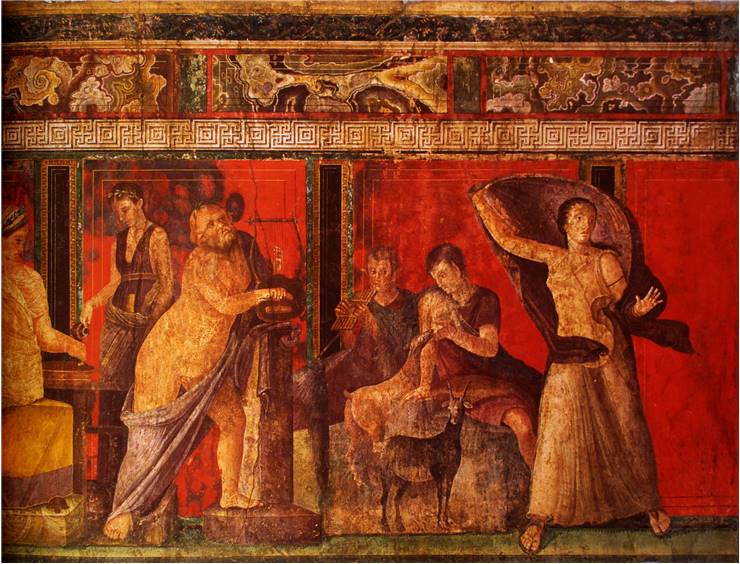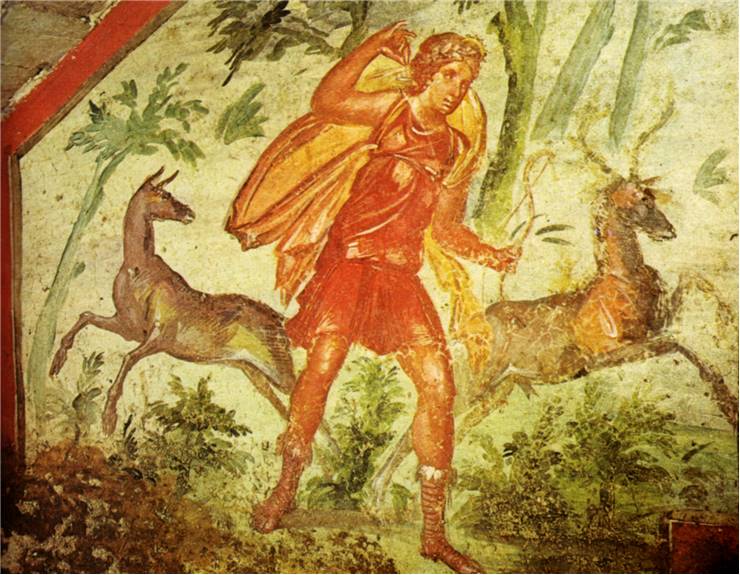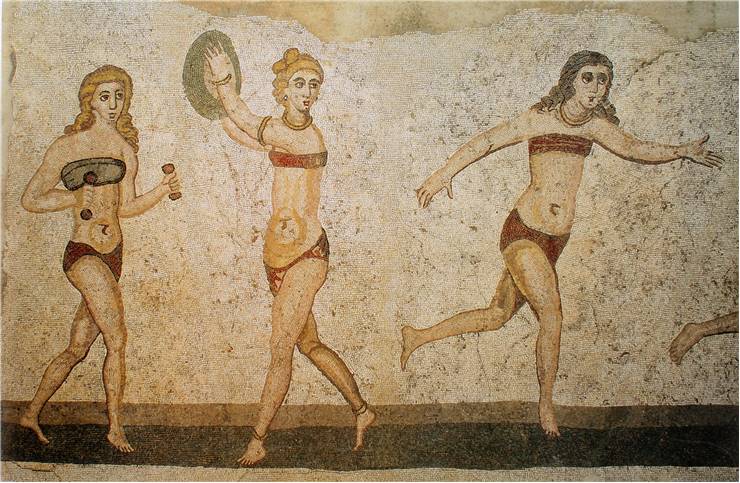Clothing in Ancient Rome - What Did the Ancient Romans Wear?
Clothing of Ancient Romans were generally simple but that doesn’t mean it didn’t change through time, although slowly. Roman clothing consisted of toga, tunic and stola.
The most commonly used material for their clothing was wool but they also used and produced linen and hemp. The production of these fibers was very similar. After the harvest the fibers were immersed in water and then aired. After that, fibers were pressed mechanically with a mallet and smoothed with large combs. Fibers were then spun and woven on looms.
While wool, hemp and hemp were produced on the Roman territory, silk and cotton were imported from China and India. Because they were very expensive, they were reserved for higher classes. From exotic materials, Romans also used wild silk that is collected from the wild after the insect had eaten its way out; and sea silk that comes from the endemic “noble pen shell” that lives only in Mediterranean. Although we think that all roman clothes were white (because of the statues), Romans dyed theirs clothes in purple, indigo, red, yellow and other colors. Leather was used for protection against poor weather (from leather were made heavy coats for Roman soldiers), but its primary use was in footwear and belts. Animal skins were also worn by soldiers. Legionaries wore bearskins while Praetorians preferred feline skins.

Toga was probably the most significant item in the ancient Roman wardrobe. It was made of wool and was designed under the influence of the Etruscans and their clothes. Basically the toga was a large blanket, draped over the body, leaving one arm free. Reason why the free citizens were required to wear togas was to differ from slaves who wore tunics. Togas were forbidden for foreigners and fro exiled Romans.
Tunic is adopted from the Greeks and was worn by everybody citizens, slaves and non-Romans and by both genres. Wearer's status in Roman society was shown with color and decorations of the tunic. It was worn as a shirt or a gown or as undergarments.
Stola was traditional clothing of Roman women made of linen, cotton or wool. It was reserved for women since 2nd century BC when the toga started to be clothing reserved for men. It was a long, pleated dress, worn over a tunic. It generally had no sleeves but there were versions with shorter and longer sleeves. Sleeveless version was fastened by clasps at the shoulders. It also had belts or two that held stola.
From the late Republic to the end of the Western empire, clothing of Ancient Rome slowly changed. After the Diocletian's reforms, clothing worn by soldiers and non-military members of government became very decorated. Their tunics and cloaks were decorated with woven or embellished strips and circular roundels. Silk was used more than ever. Bureaucrats started using pieces of clothing that were before reserved only for military. People started wearing even the trousers which was before that considered as a sign of cultural decay because only barbarians wore trousers at that time.




